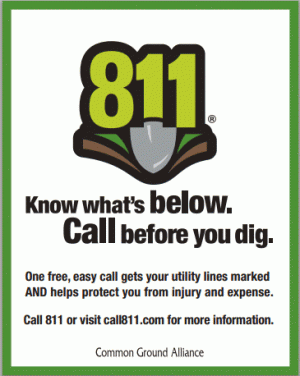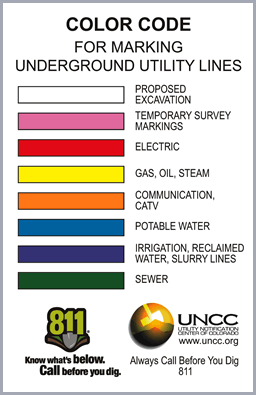Emergency Contact: Gas Control (970) 382-0828
24 Hour Gas Control – (970) 764-6953
Signs of a release
Everyone should be aware of the signs of a potential pipeline release. They can be recalled easily by associating them with the senses of sight, smell and sound. While the signs of a release will vary depending on the product that is being transported, following these guidelines will help you respond and summon help safely.
 Do you see blowing dirt, a sheen on the water’s surface, or continuous bubbles in a creek, pond, or standing water? Do you know of a fire or an explosion near the location of a pipeline? Has a pipeline been exposed after a heavy rain or natural disaster such as an earthquake or flood? Is there an unusual hump or divot (low spot) where a pipeline runs?
Do you see blowing dirt, a sheen on the water’s surface, or continuous bubbles in a creek, pond, or standing water? Do you know of a fire or an explosion near the location of a pipeline? Has a pipeline been exposed after a heavy rain or natural disaster such as an earthquake or flood? Is there an unusual hump or divot (low spot) where a pipeline runs?
 Do you smell an unusual, oily, or chemical odor? Some compare it to the stench of rotten eggs (H2S), or a skunk’s release, or that sulfur smell that lingers in the wake of a recently lit match. But remember, natural gas won’t always emit an odor, not unless an additive has been injected.
Do you smell an unusual, oily, or chemical odor? Some compare it to the stench of rotten eggs (H2S), or a skunk’s release, or that sulfur smell that lingers in the wake of a recently lit match. But remember, natural gas won’t always emit an odor, not unless an additive has been injected. Do you hear a hissing, bubbling, whistle, or roaring sound or did you hear an explosion?
Do you hear a hissing, bubbling, whistle, or roaring sound or did you hear an explosion?Ensure your safety around oil and gas facilities:

- Know where production sites and pipelines are located.
- Know how to contact the operators.
- Always call 811 and wait the required time before you excavate.
- When developing land near pipeline facilities, consult and coordinate with the operator on land-use planning decisions.
- Report to the operator any damages to the pipeline – no matter how minor – including scratches to the coating or anomalies like dents or gouges.
You should always avoid:
- Building structures on pipeline rights-of-way;
- Touching, climbing on or interfering with production and/or pipeline related facilities;
- Digging around or near a pipeline facility without calling 811 and having a representative of the pipeline company present; and
- Entering a production or pipeline facility property without proper permission.
Call Before You Dig
Statistics indicate that damage from excavation-related activities is a leading cause of pipeline accidents. If you are a homeowner, farmer, excavator, or developer, we need your help in preventing pipeline emergencies.
The Plan is Simple:
- Call your state’s One Call Center (811) at least three working days before excavation is scheduled to begin. It’s the law!
- Wait the required amount of time.
- One of our trained technicians will mark the location of the pipeline with a white line at the excavation site at no cost to you.
- Respect the line markers. There is a line in the area.
- Dig with caution and care.
Multi-Sector General Permits
2015 MSGP SWPPP – Coyote Gulch

